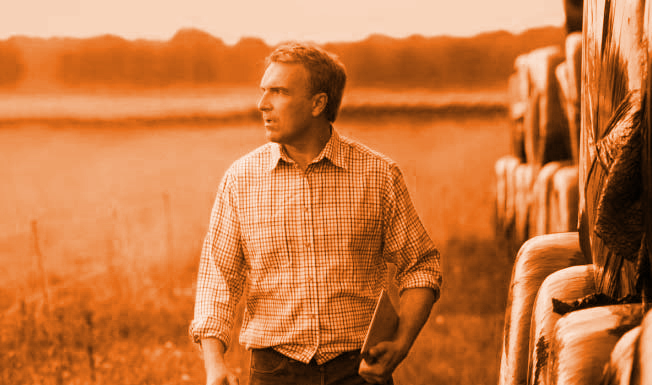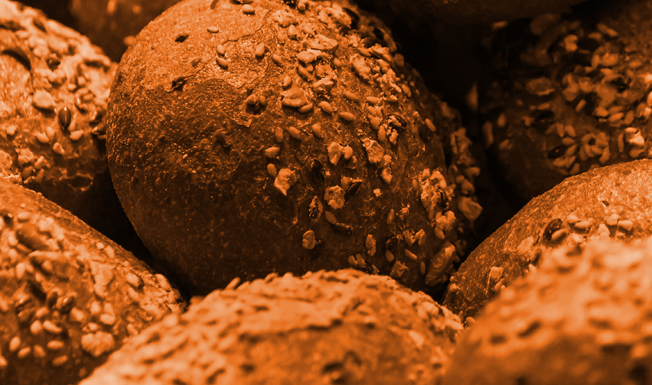Strategic stock building could result from concerns around shipping and cash flow problems
Covid-19 could have a long-term impact on grain imports and exports, while politics and policies are also making worldwide waves. Dry weather is affecting nutrient applications across the UK.
The global pandemic has taught us all much about what we believe is important, but governments across the world are now trying to identify their future vulnerability when it comes to feeding their nations in a new environment, says Openfield’s head of compliance, shipping and research, Cecilia Pryce. Agricultural policies are likely to change, along with import and export restrictions and potentially funding requirements. After all, you can’t import needed supplies, and exporting nations can’t sell surpluses, if historical importing countries have no cash which is usually generated through tourism. In this country we take it for granted that if we want it, it should or will be available, but for many governments they still have procurement departments set up for basic commodities who may soon refocus on strategic stock building.
The recent commodity price rises and supply chain concerns, largely caused by politics and Covid-19, have sent shockwaves in many directions. In crop year 2020/21, over two billion tonnes of combined wheat, barley and corn will be shipped around the globe, ensuring that the world gets fed and prices remain as competitive as possible. The recent issue in the Suez brought shipping to everyone’s attention, yet grains have been moved by ships for centuries. Of note, from Australia to the UK back in the early 1900’s in square rigged sailing boats going around Cape Horn and taking between 80–100 days. Now, the voyage is closer to 30 days, with the most recent cargo being 30,000 metric tonnes of Aussie Canola in one bulk shipment and a few containers of prime hard wheat. Shipping grain in containers is very different to bulk. Small amounts, nominally 25 tonnes, with the similar amounts of paperwork as a big ship-full. The weight of the grain in the container has to comply with the containers stated ‘plated weights’ shown on a metal plate attached to the box!
Modern ships are probably as big as physics and engineering will allow them to get. Four hundred meters is the maximum length they can be made, otherwise ships risk breaking their back. Draft is limited due to port restrictions and berth is also limited to restrictions such as the Suez and overall stability. Every full container will weigh differently; some with heavy boxes such as grain where they will weight out before they bulk out, and others full of TVs where they will bulk out before they weight out. How you stack them then becomes key. If you put heavy at the top, you run the risk of tipping the ship over, but other basic physics also apply. ‘Water displacement theory’ is one, which, when added to the width of the ship and its proximity to the bank while moving, known as ‘bank theory’, is probably a large contributor as to why the Suez ship ‘span’ into the situation it did. With the Egyptians having arrested the ship at the time of writing and demanding over $900 million in costs, there are many with containers on the ship now looking at their contract terms. Shipping lawyers and insurance companies will have much to think about, but ultimately traders need to remember that trading on the right contract terms is the key to success and limiting unnecessary exposure. Luckily for most, contracts supplied by the likes of GAFTA have been built on years of previous experience and case law, as has the rest of the shipping world, but unfortunately consumers will still want product the moment they buy it.
In a commodity world where currently grain supply equals grain demand, prices are likely to stay volatile for a while longer, but nobody should ever take supply lines for granted while remembering the importance of contracts, contract law and basic physics.
Fertiliser matters
According to Openfield’s fertiliser manager, Lucy Hassall, as we are faced with yet another dry spring first applications of fertiliser are taking time to get into the soils where conditions are lacking moisture. Some growers have been delaying the application of urea in such dry conditions to avoid high losses of ammonia due to volatilisation, which when surface-applied usually happens within a short period after application with no rainfall. If the current weather patterns continue in this way, we could see urea users switching to the use of inhibited urea or AN to reduce risk. With the aftercut market underway, it is critical to ensure nutrients are applied within 24 hours of silage cuts before surface moisture is lost. The inclusion of sodium provides many added benefits to silage. It increases palatability and digestibility which leads to advanced and more efficient dry matter intake. Sodium also improves fermentation due to increased sugar production in the silage.




